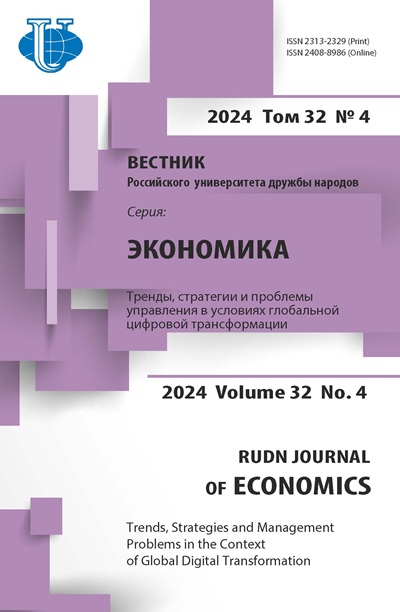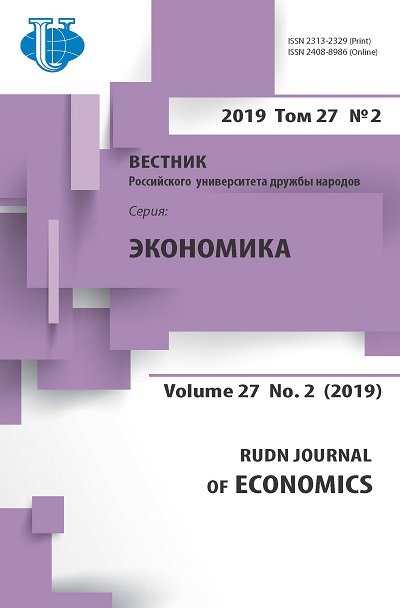Financial factors of stimulating consumer activity to achieve the goals of the country’s national economic security
- Authors: Bystriakov A.Y.1, Grigorieva E.M1, Savenkova E.V1
-
Affiliations:
- Peoples’ Friendship University of Russia (RUDN University)
- Issue: Vol 27, No 2 (2019)
- Pages: 338-352
- Section: WORLD CAPITAL MARKET
- URL: https://journals.rudn.ru/economics/article/view/22184
- DOI: https://doi.org/10.22363/2313-2329-2019-27-2-338-352
Cite item















